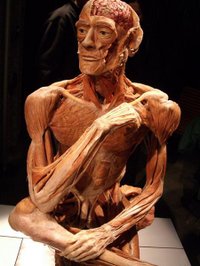Result: Cabrera was called safe, and Angels manager Mike Scioscia shot out of the dugout like the cannonball man to jawbone the ump. He had a point, said veteran game callers Tim McCarver and Joe Buck.

“As we’ve seen so often tonight,” McCarver said, “the ‘neighborhood play’ is in vogue at second base. He may be straddling the bag but he was straddling the bag all night. Now, Mike Scioscia’s argument is: Why call it now when you haven’t called it all night?”
Joe Buck noted, “They will give that play at second base always.”
“Always!” agreed McCarver.
“But,” added Buck, “technically speaking, Eybar never touched the base.” Later, recapping the game, McCarver and Buck were emphatic: Umps “never” call that play. Except, of course, when they do.
This reminds me a lot of the foot fault controversy involving Serena Williams in the U.S. Open women’s final. When certain rules are historically finessed, e.g., the “neighborhood play” in baseball and the foot fault in tennis, the worst thing an ump can do is to apply the rule inconsistently.

No comments:
Post a Comment